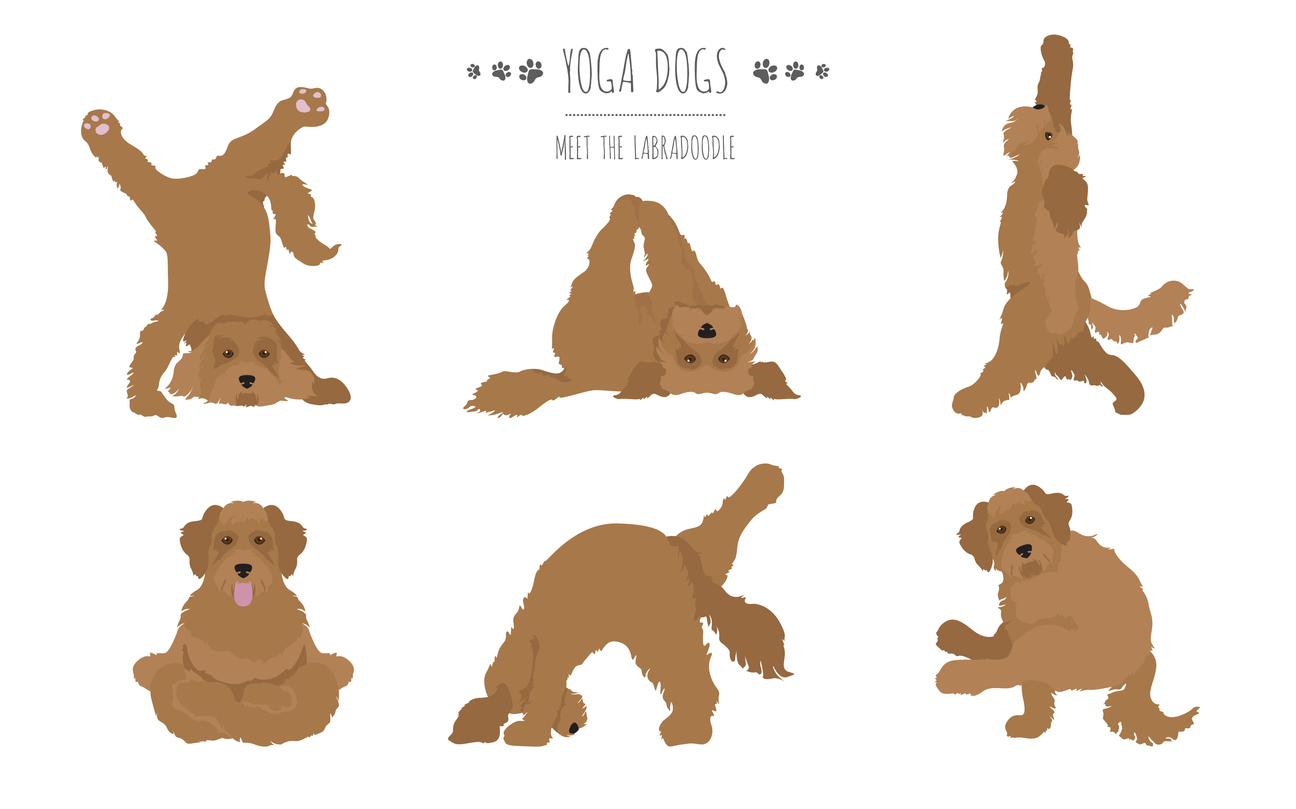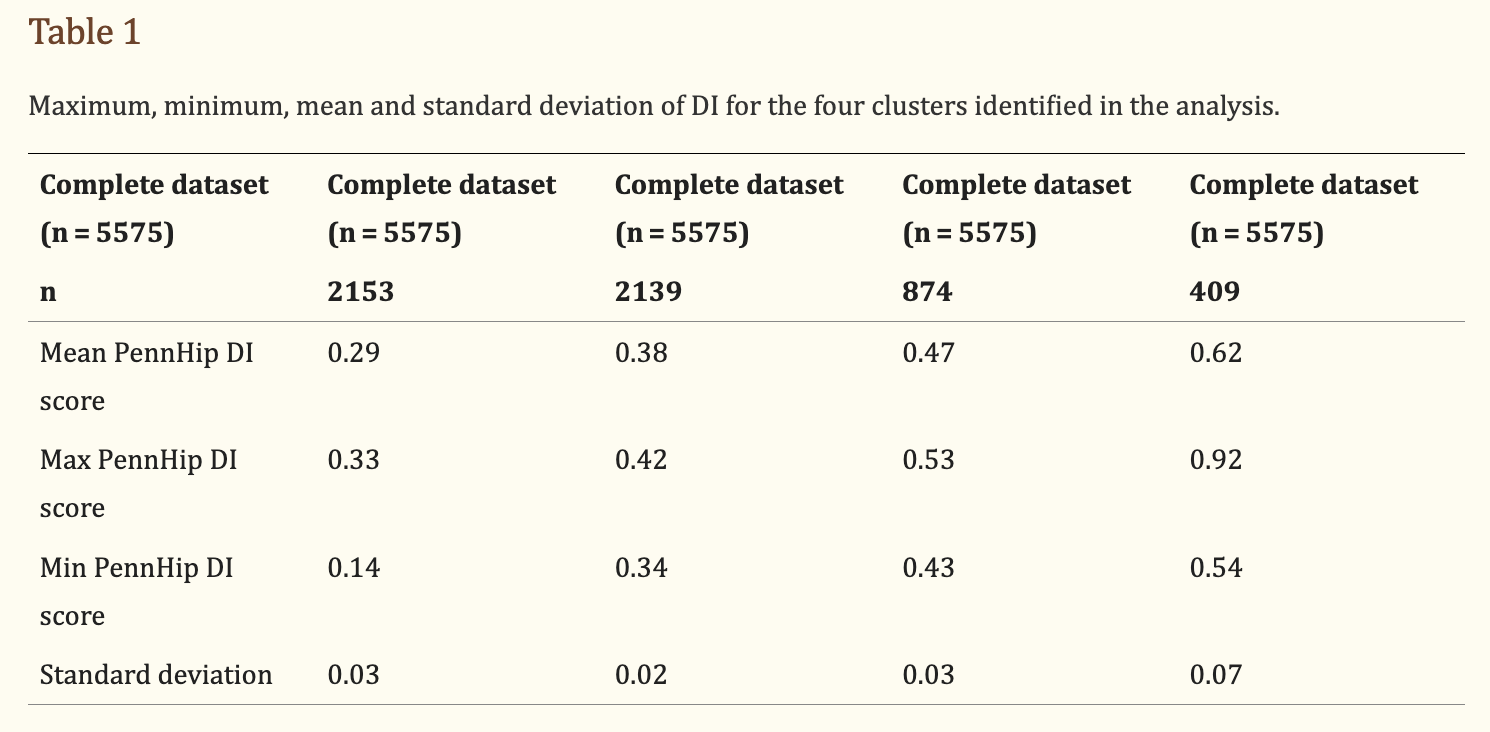Laurie's Blogs.
Feb 2024
Hypermobility and the correlation with behavioural traits such as anxiety!

Here’s a study that blew my mind!
Bowen J, Fatjó J, Serpell JA, Bulbena-Cabré A, Leighton E, Bulbena A. First evidence for an association between joint hypermobility and excitability in a non-human species, the domestic dog. Sci Rep. 2019 Jun 13;9(1):8629.
Did you know that there is an association between hypermobility and anxiety? Joint hypermobility syndrome (JHS) can be linked as well, to a lesser extent, with reactivity, fear, agoraphobia and panic in human patients.
Thoughts as to the mechanism for the correlation include indirect effects on emotional and mental state through dysregulation of autonomic responses. It has been proposed that anxiety could be linked to pain and a greater perception of joint instability in human patients with JHS.
Taking it to the dogs
Hip joint hypermobility is a risk factor for canine hip dysplasia (CHD). So, these researchers evaluated the linkage between PennHip distraction indexes (DI) and the Canine Behavioral Assessment Research Questionnaire (C-BARQ) in a population of guide dogs. 5575 dogs were studied!
They found four clusters of dogs based on their distraction index. See Table 1.

Then they evaluated behaviour and demographic factors associated with membership of the two clusters with the highest and the lowest hypermobility scores. Females were 3.66 times more likely to be in the high hypermobility group than males, which is consistent with findings in humans8. There were also significant breed associations, with Golden Retrievers being 8.58 times more likely to be in the high hypermobility group, and both Labrador Retrievers and German Shepherds being around 5 times more likely to be in the lower hypermobility group. With regard to behavioural traits, higher scores for excitability and aggression towards familiar dogs were associated with belonging to the high hypermobility cluster.
Discussion
Excitability is characteristic of emotional responses. “C-BARQ describes a highly excitable dog as one that shows marked behavioural arousal, including barking or yelping at the slightest disturbance, rushing toward and around any source of excitement, and having difficulty calming down. In humans, increased arousal has been linked to anxiety symptoms even in the face of neutral stimuli.”
The author put forth that excitability could be involved in the relationship between joint hypermobility and anxiety in dogs. One other association between hypermobility and a behaviour dimension was for aggression directed to familiar dogs. For every 1-point increase in aggression directed to familiar dogs sub-scale a dog was 1.7 times more likely to be in the high DI group. Naturally, pain should be considered a potentially influential factor since the high DI dogs might also have greater manifestations of canine hip dysplasia.
However, the researchers data “did not reveal differences between high and low hypermobility groups with respect to behaviour traits which would be expected to be influenced by pain, such as touch sensitivity, energy level (as an indicator of activity), or aggression in other situations. Although familiar dog directed aggression might be associated with pain, particularly during play and similar social interactions, the same would not seem to apply to excitability (which would not be expected to be increased in the absence of the other pain indicators such as defensiveness, reduced activity and touch/pain sensitivity).” As such, the research team did not conclude that behaviour differences were attributable solely to pain factors.
Thoughts?
Like I said, my mind is blown. I am just going back through my memory bank and trying to think of very lax dogs and dogs with hip dysplasia to see if I found them to be hyper, anxious, or fearful. I’m thinking also in the reverse, of dogs that are ‘a little bit nutty’ or ‘very anxious’ and trying to remember what their joints felt like. To be honest, this is going to take some time to wrap my head around.
So… what do YOU think? Gosh, I’d love to hear your thoughts!
Until next time,
Cheers! Laurie


